I want to detect and count the objects inside an image that touch while ignoring what could be considered as a single object. I have the basic image, on which i tried applying a cv2.HoughCircles() method to try and identify some circles. I then parsed the returned array and tried using cv2.circle() to draw them on the image.
However, I seem to always get too many circles returned by cv2.HoughCircles() and couldn't figure out how to only count the objects that are touching.
This is the image i was working on
My code so far:
import numpy
import matplotlib.pyplot as pyp
import cv2
segmentet = cv2.imread('photo')
houghCircles = cv2.HoughCircles(segmented, cv2.HOUGH_GRADIENT, 1, 80, param1=450, param2=10, minRadius=30, maxRadius=200)
houghArray = numpy.uint16(houghCircles)[0,:]
for circle in houghArray:
cv2.circle(segmented, (circle[0], circle[1]), circle[2], (0, 250, 0), 3)
And this is the image i get, which is quite a far shot from want i really want.
How can i properly identify and count said objects?

